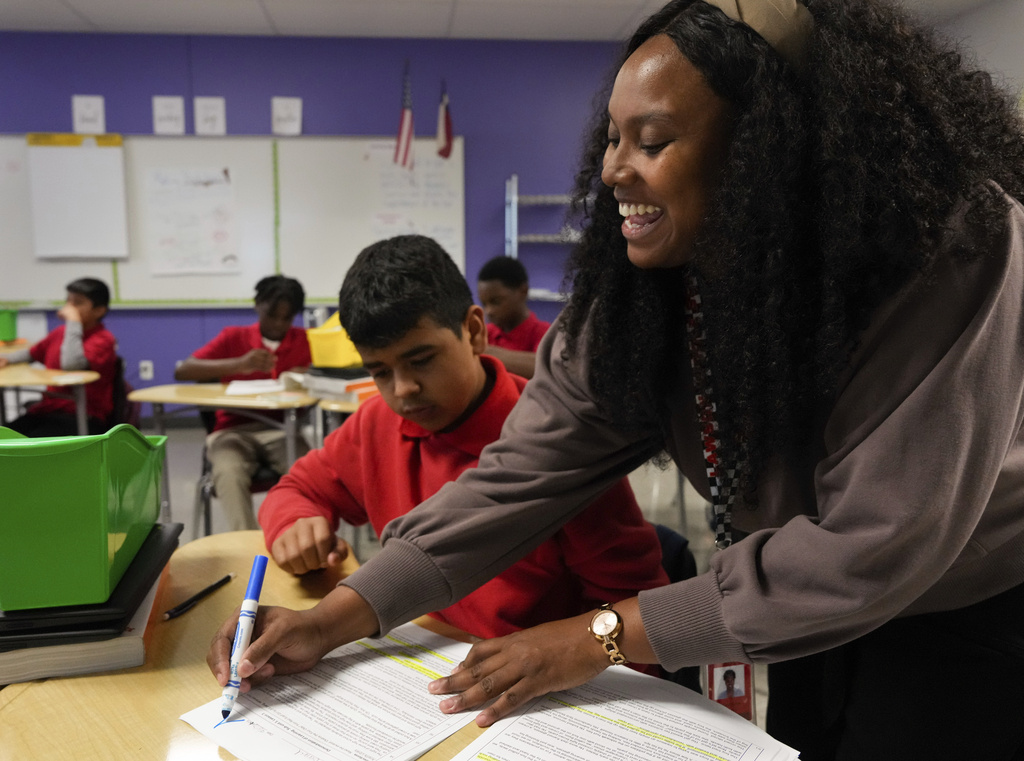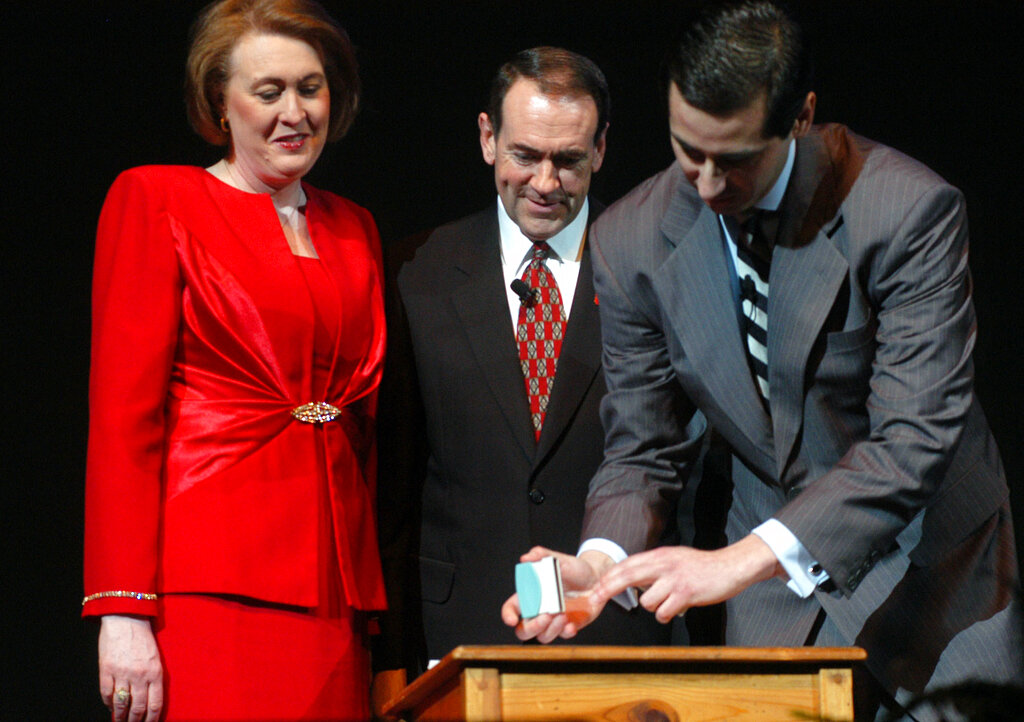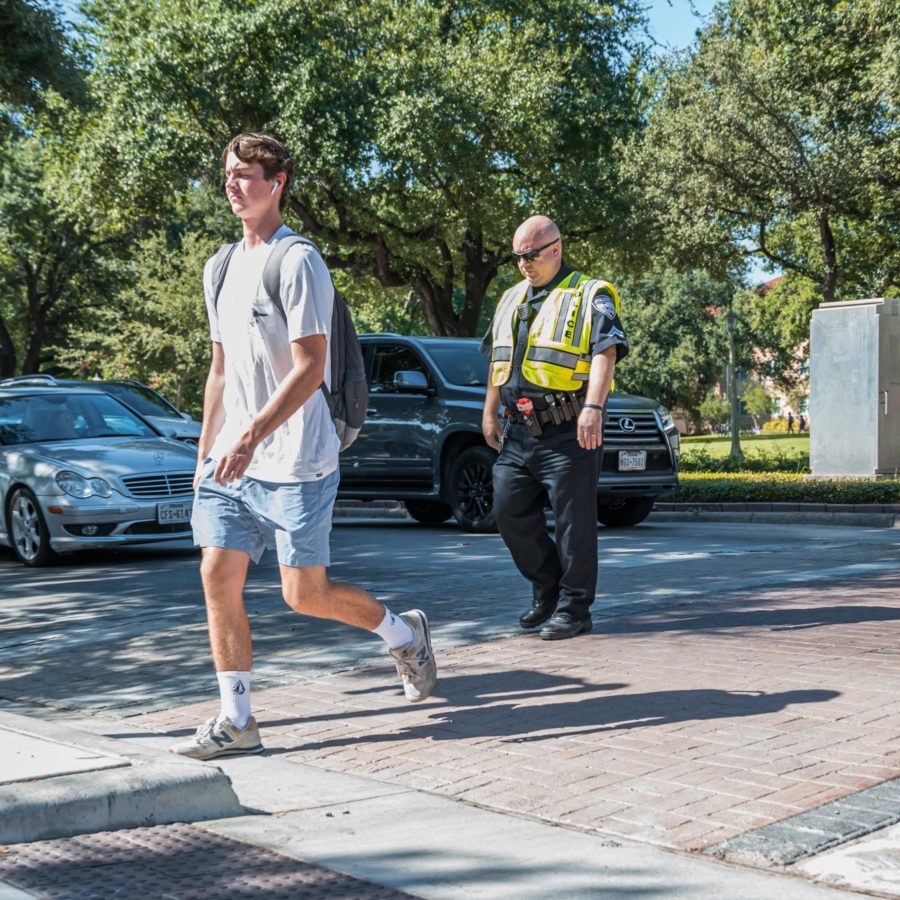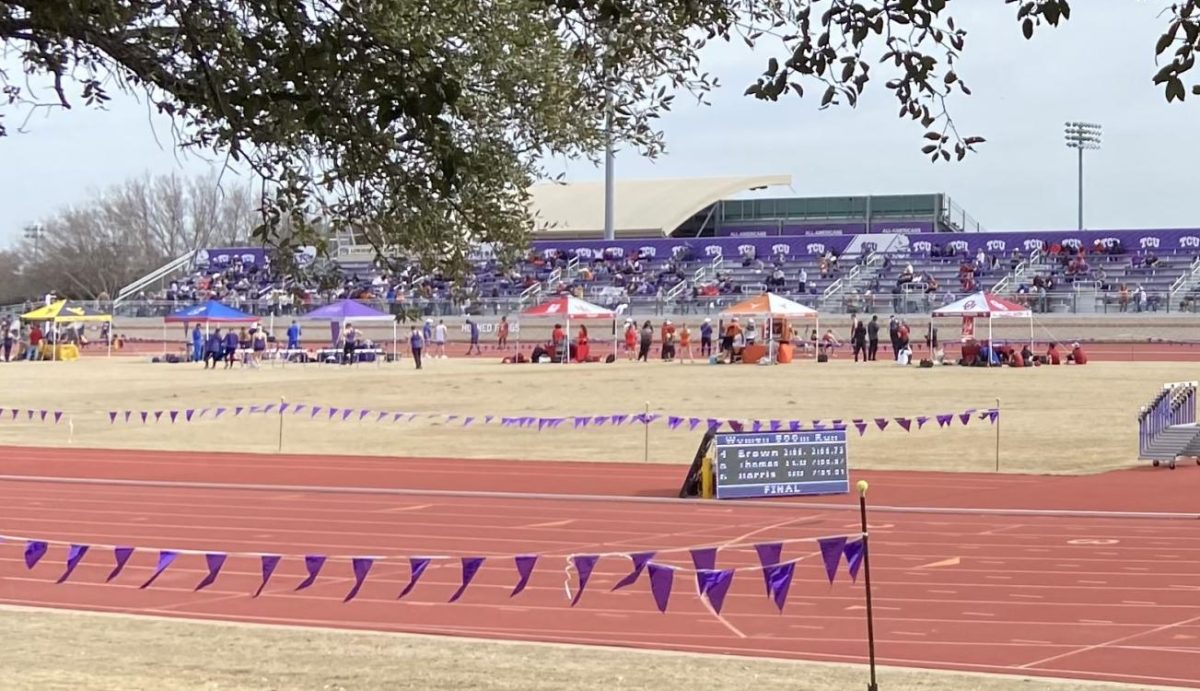California and Texas are one and two in population size, but when it comes to teacher pay, there’s a significant gap.
California has the highest average teacher salary in the nation at $95,160, compared to Texas which comes in at 30th with an average salary of $60, 716, according to the National Education Association.
Rep. John Bryant, D-Lake Jackson, wants the state to help its poorest districts make up the difference in pay. House Bill 1257 would increase the base salary for a starting teacher to $40,000 from $33,660.
“Texas has the money to do it. We just have to be brave enough to fund our schools fully,” a representative from John Bryant’s office said. “It is a long-term investment in the economy; we can spend the money now and make sure that teachers have great solid jobs and that they are there to educate our kids, who then can go on and get great solid jobs.”
The bill includes a schedule that outlines the base pay increase and other pay increases for those who fall into specific categories. Along with particular categories, the schedule defines the base pay increase as years of experience increase.
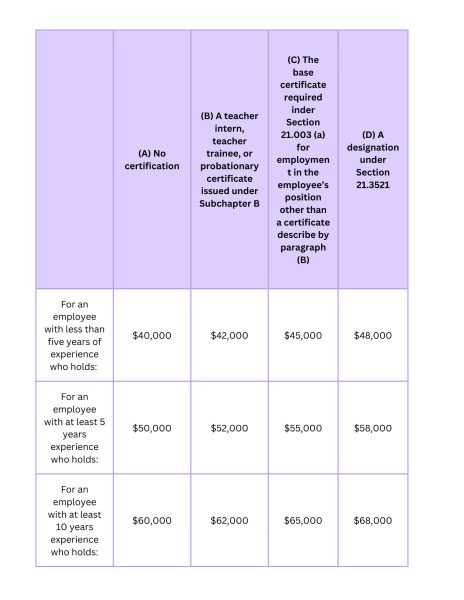
Pay differs from district to district, but this bill aims to bring uniform minimum pay to teachers across the state, especially those in rural districts.
With most Texas county’s median household income above $49,000, some teachers may still face financial hardship even with the boost in pay.
While this bill would be beneficial, Texas State Teachers Association wants more for teachers.
“House Bill 1257 would raise the minimum teacher salary schedule, and TSTA supports it, as far as it goes. But most of the largest school districts – the urban and suburban districts – pay teachers more than the minimum schedule by adding local funds for extra pay,” said TSTA spokesperson Clay Robison.
“TSTA is calling on the Legislature this year to enact significant across-the-board pay raises for teachers. We believe lawmakers must spend more state funds for public education, including higher teacher pay, instead of spending money on vouchers for private schools, like Gov. Abbott wants to do.”
Most districts in Texas supplement the state’s base salary. Urban districts like Fort Worth pay first-year teachers $63,000, compared to a smaller districts like Tolar which offers $41,000.
Smaller districts receive smaller allotments from the state and many lack tax base to make up the difference.
Lometa ISD in Lampasas County, Texas, is one of the lowest-paying districts. It added $5,000 to the state base to bring its starting salary $38,660. Sabine ISD is similar with its starting salary of $42,500.
“With regards to the potential increase of teacher compensation, I would fully support any legislation that would seek to recognize the dedicated professionals in public schools,” Monty Pepper, superintendent of Sabine ISD said. “There has always been a significant payload that educators carry in their role. However, with the challenges that our students now face, along with a variety of other scenarios, the educator’s job has grown increasingly more difficult.”
Smaller districts said the pay gap makes it hard for them to attract teachers.
“We work very hard to leverage resources to push salaries above the state base, but it is challenging to be competitive,” said an official of a rural district, who wanted to remain anonymous. “We are cautiously optimistic that legislation will provide some salary improvements in this session.”

